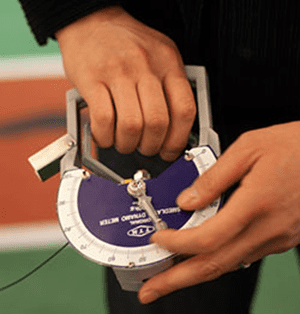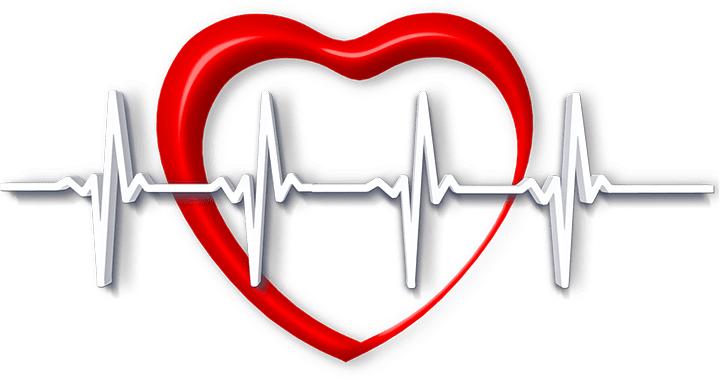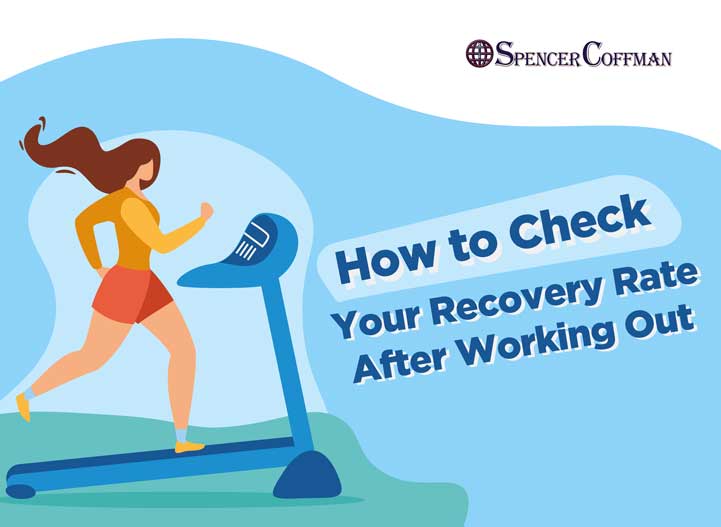Check Your Recovery Rate
The best, and most effective, way to check your recovery rate is to monitor your Testosterone to Cortisol ratio (T:C ratio). However, this is much easier said than done.
Basically, to do this, you would need to have access to a biochemistry lab where you can test and analyze data. In addition, you would also need to take a sample of your DNA each day to track your Testosterone to Cortisol ratio. The high the ratio – the faster you recover.
However, for the majority of people, this is highly impractical and can be quite time consuming and expensive. Therefore, it simply isn’t going to happen. Therefore, here are some great practical ways that you can monitor your T:C ratio and see how fast you are recovering from your workouts.
Check Your Morning Heart Rate
The cheapest and easiest way to check your recovery rate is to find out your heart rate right away when you wake up in the morning. This is associated with your parasympathetic nervous system, which was recently very active because you were sleeping. All you need is get a stopwatch or a clock with a second hand.
Then, before getting out of bed, find your pulse and count the beats in one minute. Record your stats for a couple of weeks so that you can develop a baseline morning heart rate.
Then, after your next workout, get a good night’s sleep and check your heart rate the next morning to see how it compares to your daily average. If your reading is higher than your baseline then your body is still recovering and you need to relax and unwind. Here is a great eBook to help you. However, if you have a low reading then your body is recovering well and you are ready for another workout.
As a side note, it would be a good idea for you to check your heart rate three times and then take the average of the three measurements. In doing this you will be able to have a more accurate reading which will provide you with more reliable data. Be sure to let yourself rest for a minute or two between each reading so you don’t hinder the results.
Examine Your Grip Strength

Calculating your grip strength is a super easy method to use to check your recovery rate. Basically, your grip strength is how many pounds you can squeeze. Or how strong your grip is. The best way to measure this is by getting a hand dynamometer, which will tell you how strong your grip is based on how hard you squeeze.
Basically, it is like a scale for your hands. Sure, it is a pretty quick and non-scientific method, but testing your grip strength will give you a good idea of how fast you are recovering from your workouts. In addition, it is a pretty fast and cheap method of doing so.
Exactly like with checking your morning heart rate, you will have to check your grip strength around the same time each day for a couple weeks while you are going through your everyday, regular, routine.
This will help you find a baseline measure so you have something that you can use to compare your future results. Then, sometime after you complete a hard workout, check your grip strength and see how it compares to your baseline measurement.
If you receive a below average result then your body is still tired and you probably should rest and recover for a while. However, if you receive a higher than average result, then you are clearly well rested and ready to work out like never before!
Once again, like with the heart rate, you should use the hand dynamometer three times with each hand. Then use the average of the three numbers as your final result.
Thus, in the end, you will have six rough numbers that you will condense down to two averages, one for each hand. This way, you will have a very reliable and accurate baseline so you will be able to know with more certainty how quickly you are recovering.
Heart Rate Variability Monitoring

A convenient, and accurate, way to monitor your recovery rate is through the use of heart rate variability (HRV) monitoring. With all of the technology available today it is very easy and pretty cost effective for you to get an HRV software program, or application, on your smartphone. I’m sure you’re familiar with apps and you probably use dozens of them already. Therefore, you know that they are pretty good at keeping track of data. Thus, if you can find a good one it will be able to accurately keep track of your recovery rate.
In essence, heart rate variability monitoring will tell you exactly which of your nervous systems are more active. It will either be your sympathetic nervous system, which is responsible for fight or flight, or your parasympathetic nervous system, which regulates relaxation. Therefore you are getting high parasympathetic readings then it means you are relaxed and ready to work out.
However, sympathetic nervous system readings are high, that means your body is in fight or flight mode and still recovering from your workout. That means you need to take it easy for a while so that your body will be able to recover.
Conclusion
In summation, there are four good ways of checking your recovery rate. However, only three of them are feasible for the majority of people. You can either check your own numbers by monitoring your morning heart rate or testing your grip strength. Or you can use an app on your phone to monitor your heart rate variability to do it for you.
Therefore, the easiest way is to use an app. However, the most reliable way would be for you to check both your morning heart rate and your grip strength. In any case, knowing how your body is recovering will greatly help make sure you don’t over exert yourself.
For more great information take a look at the supplemental content on this website and check out these great blog posts. In addition, feel free to connect with me on social media.





